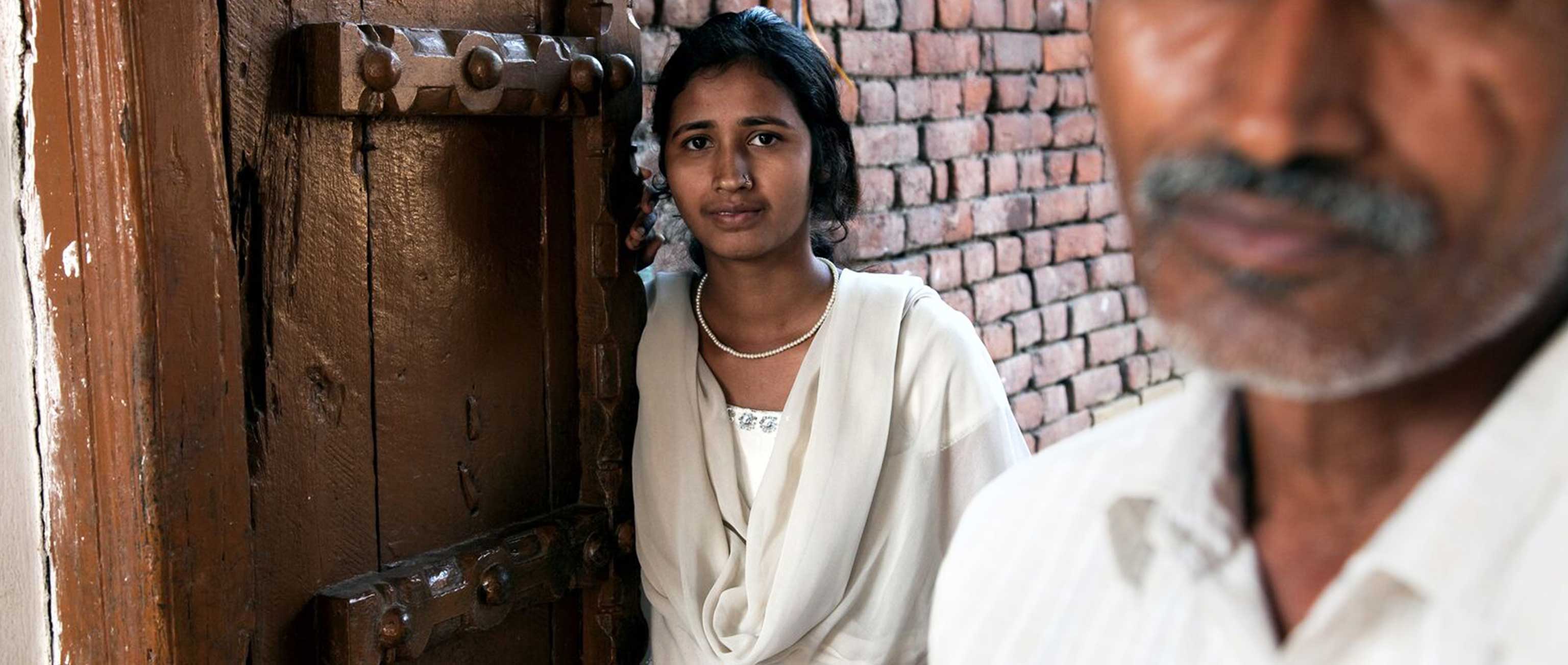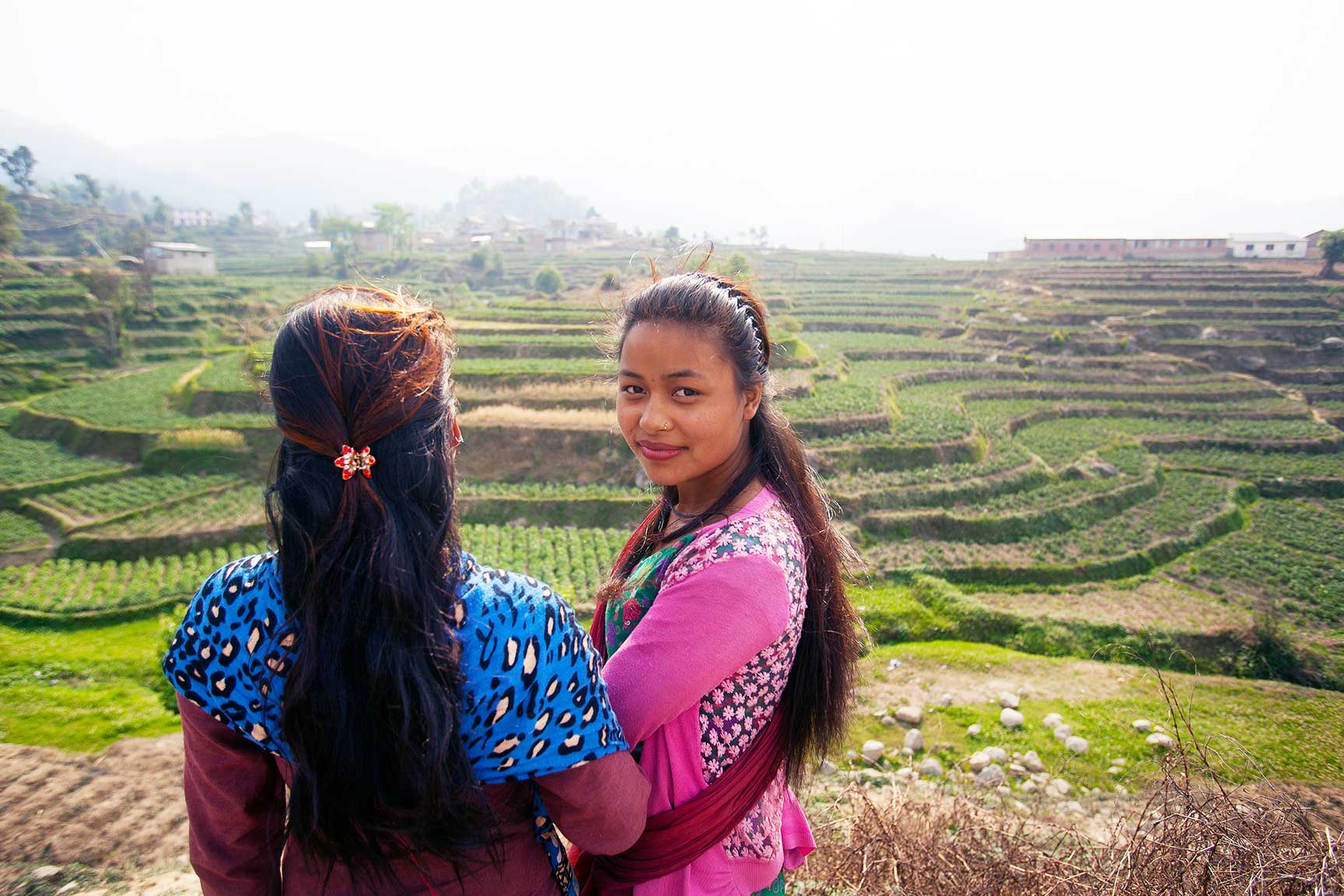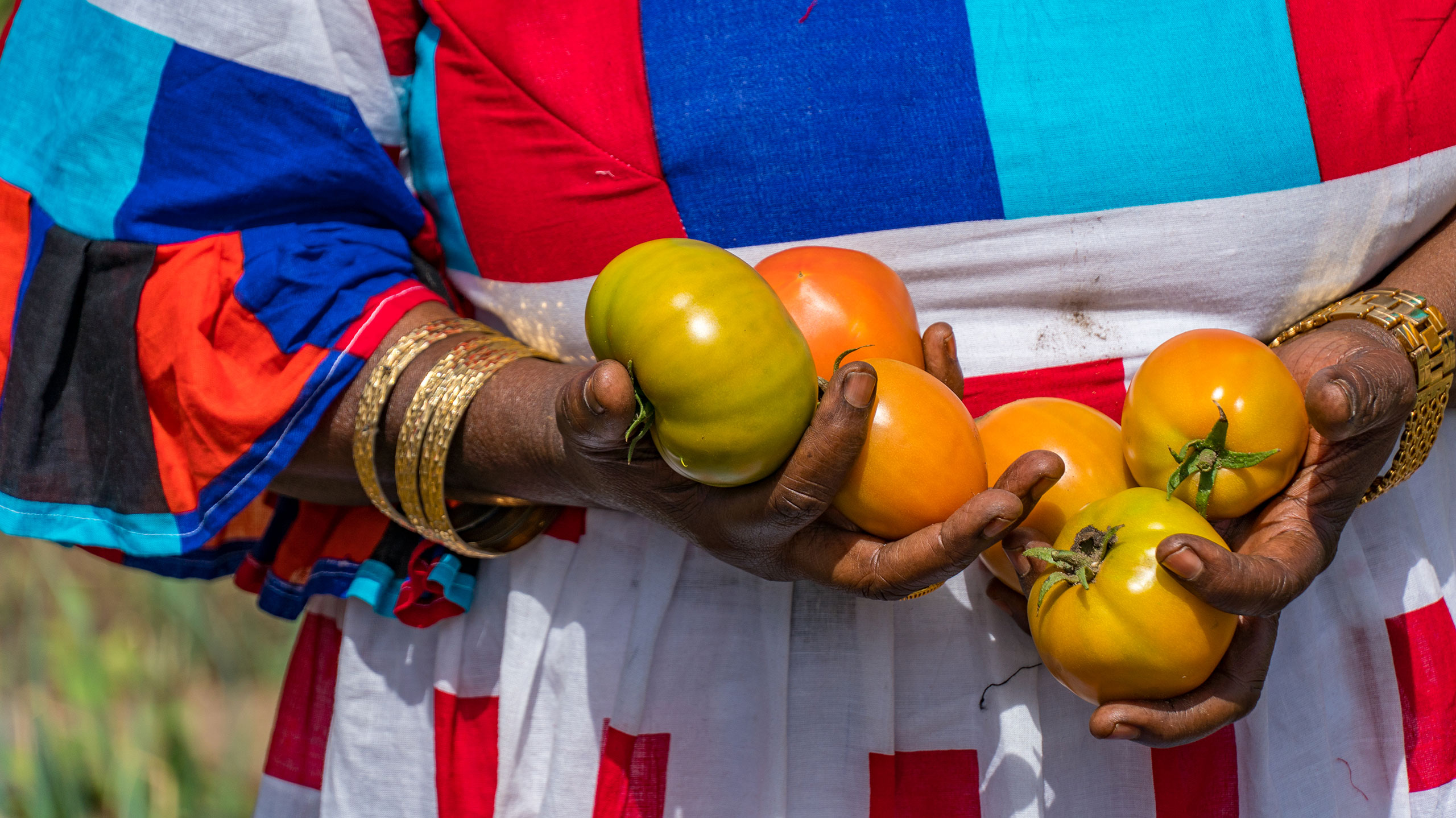The Far-Reaching Economic Impacts of Child Marriage
Every minute of every day, 28 girls under age 18 are married off against their will. Child marriage has broad and devastating impacts, and a new study from the World Bank and the International Center for Research on Women details the massive economic cost of this practice. To mark Women’s Equality Day, we took the opportunity to check in with Lakshmi Sundaram, Executive Director of Girls Not Brides (2014 Skoll Awardee), to hear her thoughts on the new research, and find out where she’s seeing the most progress.
Skoll: How has the landscape of this problem changed since Girls Not Brides began its work?
Lakshmi: Child marriage is a truly global issue–it cuts across countries, religions, and cultures. One in four girls globally is married before the age of 18–that’s 15 million girls each year, or one girl every two seconds. There isn’t a region in the world that isn’t affected by this harmful practice. In South Asia, nearly half of all women aged 20-24 were married before they reached 18; in sub-Saharan Africa it’s 39 percent, Latin America and the Caribbean 23 percent and in the Middle East and North Africa 18 percent. You may also be surprised to hear that child marriage also takes place in Europe and North America.
We’ve seen significant progress since 2011, when Girls Not Brides was set up. There is now a growing global movement focused on ending child marriage, and the Girls Not Brides partnership has grown to over 800 civil society organisations, working in 95 countries. Child marriage was included as a global development priority in target 5.3 of the Sustainable Development Goals, and we’ve seen a number of other regional and global commitments. National strategies have been developed or are being developed in at least 14 countries. Many countries have also taken steps to strengthen their laws to address child marriage. The number of programs addressing child marriage has grown dramatically, with increased action from international NGOs, community based organisations, and many others. There is also an increased global understanding of the range of approaches needed to tackle child marriage and the role of different sectors.
Progress is fragile. Although rates are falling, the overall number of child marriages will continue to rise as the world’s population continues to grow.
There are currently over 700 million women alive today who were married as children. Unless we dramatically speed up progress that number will rise to a staggering 1.2 billion by 2050.
Skoll: How does child marriage underpin so many other areas of insecurity and inequality?
Gender inequality is at the heart of why child marriage happens. Girls and women are seen as inferior to boys and men. Child marriage is a human rights violation with far-reaching consequences for girls. But the practice is also fueled and sustained by poverty, lack of education and insecurity, which all lead to further inequality.
Girls who marry young are more than twice as likely to be poor and remain poor.
Let’s take poverty: child marriage is most common in the world’s poorest countries and the poorest households. Girls from poor families are two and a half times more likely to marry before 18 than girls from wealthier families. Child marriage is a significant barrier to girls’ education–many parents don’t think it’s worth educating their daughters because they are girls and they will only get married anyway. Or, if a girl is “lucky” enough go to school, she will often drop out before getting married or shortly afterwards when marital and domestic demands increase. In most cases, child marriage means an end to formal education. Without education and skills, the opportunities to earn a good living are limited.
Girls are also more vulnerable to child marriage in situations where there is insecurity, such as during a humanitarian crisis. Some families genuinely believe that by marrying off their daughters they will be providing for them or protecting them from physical or sexual violence. They do not necessarily recognize the sexual, physical, and emotional violence girls face within the context of marriage. For other families, marrying off their daughters means they will have one less mouth to feed when money is scarce.
Child marriage is a barrier to achieving many development goals, including those on poverty, nutrition, health, education, gender equality, economic growth, and reduction of inequality. If we don’t end child marriage, we won’t achieve eight of the 17 Sustainable Development Goals.
Skoll: This new World Bank/ International Center for Research on Women study drills deeply into the economic impacts of child marriage. How does that economic impact reverberate out into communities and beyond in surprising ways?
This new research provides crucial evidence that child marriage doesn’t just negatively impact the lives of the 15 million girls married every year, but also has a major impact on whole communities and countries. Child marriage is costing countries trillions of dollars through its impact on fertility and population growth, earnings and child health.
We know, for example, that when girls marry before 18 they are more likely to have more children over their lifetime. What the research shows is how much impact that increase in population is having on basic services in countries, and how much could be saved by ending child marriage. In Niger, for example, which currently has the highest rate of child marriage in the world, the annual welfare gains from ending child marriage could reach US$1.7 billion in the year 2030, solely from the effect of reducing fertility. In Ethiopia, the equivalent benefit would be even larger at $4.8 billion, while in Nepal this would be almost $1 billion.
Skoll: Girls education is a key piece of the solution here, how does Girls Not Brides work to keep girls in school to guard against child marriage?
There is a complex relationship between child marriage and education–marriage is often one of the main reasons girls drop out of school, but a high quality education can be one of the most effective ways of preventing child marriage.
Many of our members work to keep girls in school and out of marriage. They do that in a variety of ways, from working directly with parents to encourage them to send their daughters to school in the first place through to running programmes to support girls while they are at school.
In Southern Nepal for example, our member Janaki Women’s Awareness Society (JWAS) found that many poor girls in the Dhanusha district weren’t going on to secondary school. As a result they were vulnerable to child marriage. The nearest secondary school was a 5-12km walk away and, girls felt vulnerable during the long and tiring journey.
JWAS gave the girls bicycles so that they could safely make the journey and continue with their studies. So far, 500 girls from poor and marginalized backgrounds are benefiting from this initiative. The girls are delighted with their bicycles and their teachers report that their school attendance has increased and they take part in more extracurricular activities.
Skoll: Where are you seeing other promising interventions?
All over the world! Our members are doing fantastic work in empowering girls, mobilizing communities, providing key services, and advocating for a supportive laws and policies. Here’s just one example of a project that’s having real impact:
In 2014, the Population Foundation of India launched a multi-media education-entertainment initiative called Main Kuch Bhi Kar Sakti Hoon (I, A Woman Can Achieve Anything). The soap opera, which follows the inspiring journey of Sneha, a young female doctor in Mumbai, raises awareness of child marriage and other issues such as family planning. It promotes gender equality, women’s empowerment and access to healthcare services.
Shown in a primetime slot on a national channel on Saturday and Sunday evenings, the show also reaches the Middle East, the Far East, Canada and Europe, and also goes out on radio. It is supported by a strong social media presence, community discussion groups, an outreach program with local NGOs and a range of communication materials and tools such as comics, games, and DVDs. Reaching an estimated 58 million viewers, the program has helped to change attitudes on the role of girls and women.
Skoll: If child marriage ended right now, what would the impact be on the global economy, or on health and nutrition?
If child marriage ended right now, millions of girls around the world would be able to make decisions about their own futures, and lead more empowered lives.
The World Bank and IRCW research found that if child marriage had ended in 2015, the estimated benefit by 2030 could be $566 billion per year.
In terms of health, we know that children born to mothers under 18 were more likely to die than those born to mothers over that age. What the research shows is that the annual estimated economic benefits of ending under-five mortality and stunting would be close to US$98 billion annually by 2030.
Skoll: What have been some of the key lessons for Girls Not Brides in its process of building a coalition—now some 800 organizations strong—working together on a practical level to tackle this thorny problem?
Perhaps the biggest lesson from the last six years is the realization that child marriage is so widespread, deep-rooted, and complex that no one actor can find a solution alone. Child marriage is everyone’s problem and everyone needs to be involved in the solution.
The second lesson is that civil society networks and coalitions are crucial to ensuring long-term, sustainable systems change, especially around an issue so embedded in society such as child marriage. However, coalitions don’t just emerge spontaneously–they need to be built and nurtured. That’s why we’re focusing so much more on supporting groups of members to come together at the national level to form Girls Not Brides national partnerships.
The third lesson is that community-based organisations have a crucial role to play in ending child marriage; we can’t end the practice without them. Their work needs to be supported, and we need to make sure we are continuously highlighting their knowledge and experiences, especially in international discussions.
The fourth lesson is that there is huge value in providing opportunities for activists from different contexts and geographies to come together and share their experiences. We all gain new insights, strength and energy from these interactions, and go back to work with a renewed sense of being part of a larger movement.
Finally, the most exciting lesson for me is that we can actually make progress on this issue, even though it has been prevalent for centuries. If we can keep this generation of girls out of marriage, we have a really great chance of ending the practice forever.
Skoll: Girls Not Brides works in part to amplify the voices of girls at risk of child marriage. Tell me about one of those stories that has resonated most deeply with you.
My grandmother was married at the age of 13. The stories she told me of her life as I was growing up have played such a huge role in shaping my life choices and my world view. Often, when I have the privilege of speaking to a girl who may have escaped a marriage or who is working against the odds to get an education, I flash back to images of my grandmother. It’s a great way to renew my resolve.
So many of the girls I meet just want to be normal kids–they are shy, spunky, funny, silly, and have hopes and dreams of conquering the world. Take Laxmi, for example. This girl, who shares my name, is now following her dream to become an athlete.
Or Sonita, our amazing Girls Not Brides Champion, who was an Afghan refugee in Iran, and is now a rap star. Sonita now uses her platform to bring attention to child marriage and inspire girls. In fact, a documentary on Sonita was recently shown in Afghanistan, and helped encourage the government to launch a national action plan to end child marriage.





